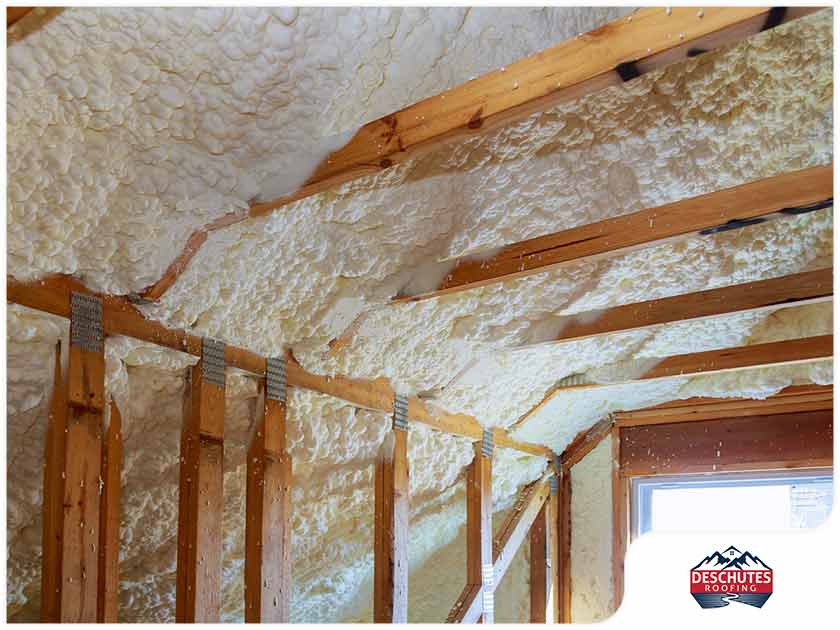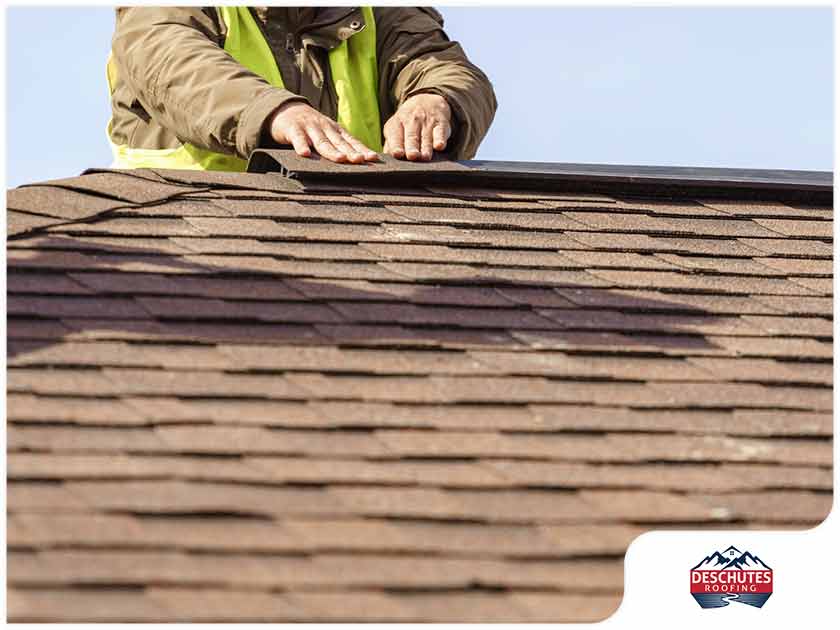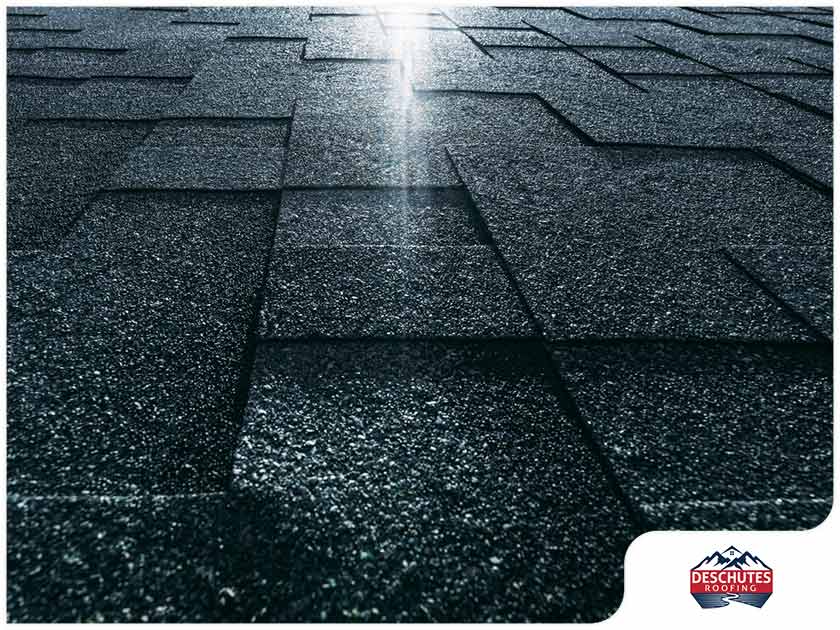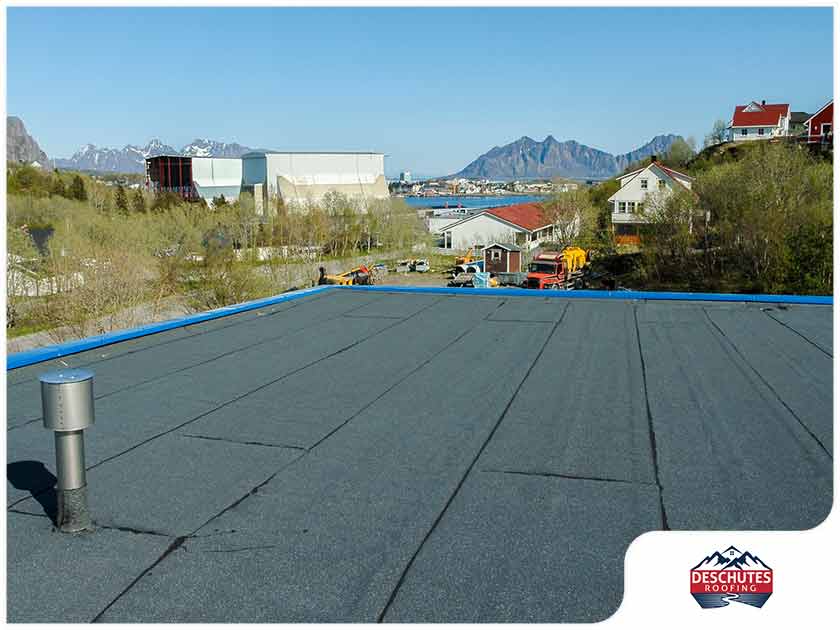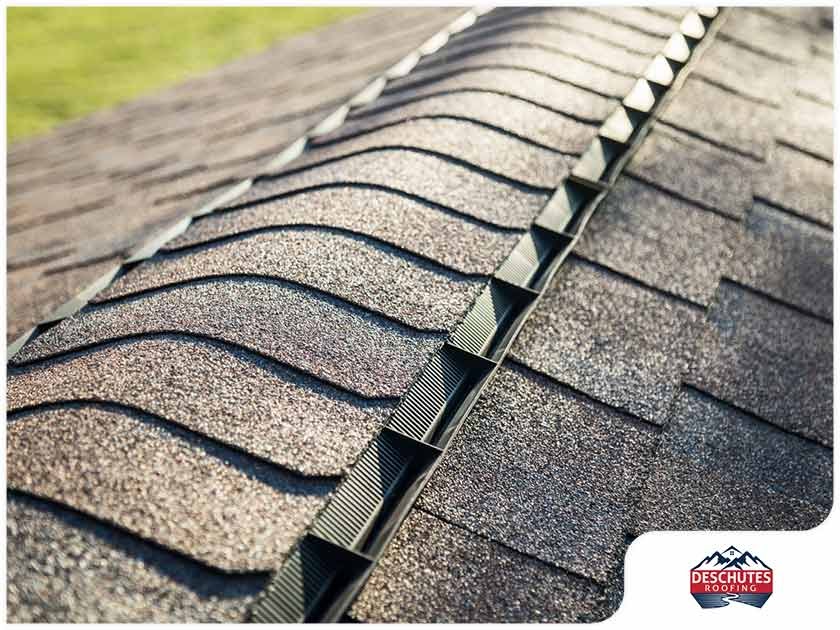When owning property, one question that some property owners often ask themselves is if should they insulate their roofs? According to experts, you should do so as insulation is very important to every home and building. This is because, with proper insulation, you can increase your property’s energy efficiency and save a significant amount on[…] Read More
According to experts, whenever you need to get a roof replacement done for your home, it’s best that you hire a reputable professional to get the job done. That way, any mistakes can be minimized and your roof will be replaced properly. Unfortunately, there are some roofers out there who are only good to work with at[…] Read More
According to roof replacement pros, when it comes to the topic of asphalt roofing systems, granules are a common ingredient in their manufacturing process. This is because with the granules, your roof is given an extra layer of protection against the sun and the elements and therefore, it’s important that it remains intact as the years go[…] Read More
According to home improvement experts, if you want to maintain your home’s energy efficiency, it’s strongly recommended that you focus on your home’s attic insulation. After all, the attic insulation is another layer of protection that prevents hot and cold air from escaping your home. With that in mind, it’s best that you know everything[…] Read More
When an extreme weather event hits your area and you need a roof repair, you shouldn’t wait too long. Even if there appear to be no signs of damage, you must still have your roof checked following a storm. However, be wary of who you hire when it comes to this part of your home.
Many things you do daily at home generates moisture, such as cooking, showering and doing your laundry. This water vapor rises to your attic, where it either escapes or builds up. Without sufficient ventilation, your home is at risk of problems like mold, mildew and excess humidity.

